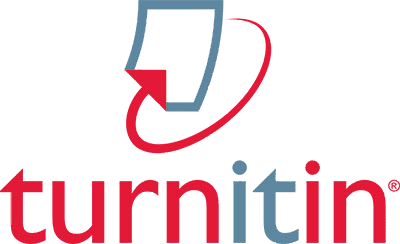Kanji continuum structure in I Meito Kouryuu no Tanoshimi magazine volume 17
Abstract
Keywords
Full Text:
PDFReferences
Ajia no atarashii kaze. (2021). I Meito no Kouryuu no Tanoshimi. 17.
Aronoff, M., & Fudeman, K. (2011). What is Morphology (2nd Ed). Wiley-Blackwell.
Chaer, A. (2014). Linguistik Umum. PT Rineka Cipta.
Haspelmath, M., & Sims, A. D. (2010). Understanding Morphology (2nd Ed). Hodder Education.
Irwin, M., & Zisk, M. (2019). Japanese Linguistics. Asakura Publishing.
Kess, J. F., & Miyamoto, T. (1999). The Japanese Mental Lexicon: Psycholinguistic Studies of Kana and Kanji Processing. John Benjamin Publishing.
Koizumi, T. (2014). Nihongo Kyoushi no Tame no Gengogaku Nyuumon. Taishuukan Shoten.
Mahsun. (2019). Metode Penelitian Bahasa: Tahapan, Strategi, Metode, dan Tekniknya (3rd ed.). Rajawali Press.
Miles, M. B., Huberman, A. M., & Saldana, J. (2014). Qualitative data analysis: A methods soucebook (3rd Ed). Sage Publications.
Muhammad. (2011). Paradigma Kualitatif Penelitian Bahasa (M. Sukri (ed.); 1st ed.). Liebe Book Press.
Nelson, A. N. (2005). Kamus Kanji Modern Jepang Indonesia (A. Bangun (ed.)). Kesaint Blanc.
Sutedi, D. (2011). Dasar-Dasar Linguistik Bahasa Jepang (4th ed.). Humaniora.
Syarani, R. N., Rahmalia, S., & Aprilianti, R. (2020). Analisis Pembentukan dan Makna Yojijukugo yang Mengandung Unsur Kanji Besar. ENNICHI, 1(2).
Tjandra, S. N. (2015). Morfologi Jepang. BINUS Media & Publishing.
Tjandra, S. N. (2016). Semantik Jepang. BINUS Media & Publishing.
Tresnasari, N. (2017). Struktur dan Makna Kanji Jukujikun dalam Bahasa Jepang. Jurnal Ayumi, 4(2), 96–109. https://doi.org/10.25139/ayumi.v5i2.378
Tsujimura, N. (2014). An introduction to Japanese Linguistics (Third Edit). Wiley-Blackwell.
Yamada, T., Shibata, T., Sakai, K., Kuramochi, Y., Yamada, A., Uwano, S., Ijima, M., & Sasahara, H. (2017). Shinmeikai Kokugo Jiten (7th ed.). Sanseido.
Zaim, M. (2014). Metode Penelitian Bahasa: Pendekatan Struktural. FBS UNP Press.
DOI: https://doi.org/10.33633/jr.v4i2.5592
Article Metrics
Abstract view : 222 timesPDF - 170 times
Refbacks
- There are currently no refbacks.
Copyright (c) 2022 Fahri Delfariyadi, Puspa Mirani Kadir, Ypsi Soeria Soemantri, Wagiati Wagiati
ISSN Online: 2655-4836
This work is licensed under a Creative Commons Attribution-ShareAlike 4.0 International License.
This journal is published by Universitas Dian Nuswantoro, Semarang, Indonesia.
In collaboration with:
Indexing & Archiving:









































